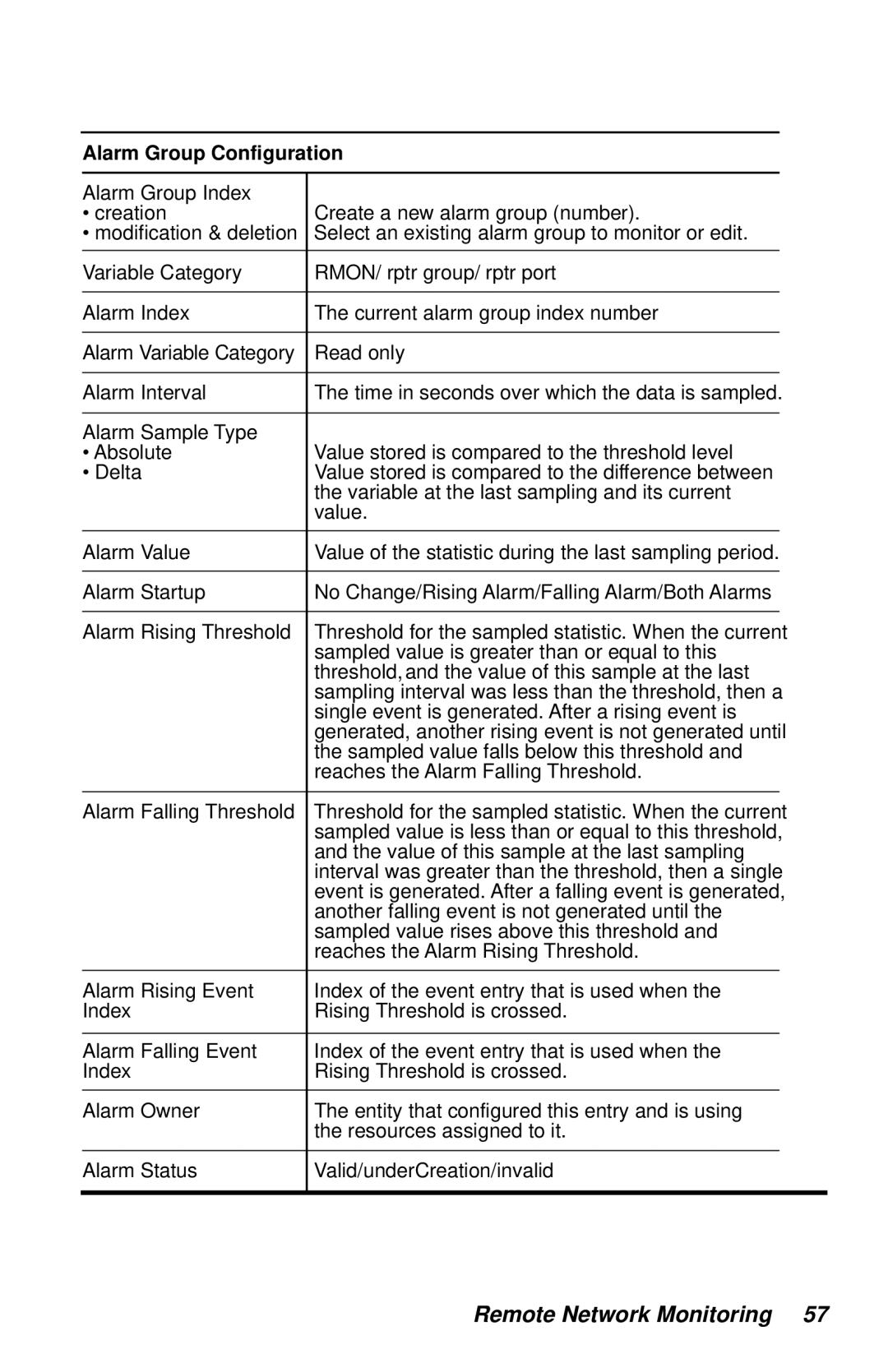8100 specifications
The METRObility Optical Systems 8100 is a leading-edge platform designed to meet the increasing demands for efficient, high-capacity communication networks. With an emphasis on performance, reliability, and scalability, the 8100 series has become a pivotal solution for service providers and enterprises across the globe.One of the standout features of the METRObility 8100 is its modular architecture. This design allows operators to customize their systems according to specific needs, ensuring they can scale easily as their traffic demands increase. The system supports various interface configurations, including Ethernet, TDM, and fiber-optic links, which offer flexibility in deploying suitable solutions for diverse environments.
In terms of technology, the 8100 utilizes advanced optical transmission methods that enhance data throughput and reduce latency. The system is based on Dense Wavelength Division Multiplexing (DWDM), allowing multiple signals to be transmitted simultaneously over a single fiber strand. This significantly increases the network’s capacity while minimizing the physical infrastructure needed, leading to cost savings and easier management.
Another critical characteristic of the METRObility 8100 is its robust fault tolerance and redundancy capabilities. The system features built-in protection mechanisms that ensure uninterrupted service even in the event of equipment failures or network disruptions. This is crucial for mission-critical applications where downtime can lead to significant financial losses or disruptions to essential services.
For monitoring and management, the 8100 is equipped with sophisticated software tools that enable real-time visibility into network performance. Operators can easily track metrics, set up alerts, and manage network resources efficiently through a user-friendly interface. This proactive approach to network management minimizes response times to potential issues, further enhancing operational efficiency.
Energy efficiency is another characteristic of the METRObility 8100. With a focus on reducing the carbon footprint, the system employs various power-saving features that lower energy consumption without compromising performance. This is particularly important in today’s eco-conscious market, where sustainability is increasingly prioritized.
In conclusion, the METRObility Optical Systems 8100 embodies a blend of cutting-edge technology, flexible design, and operational excellence. With features tailored for high capacity and reliability, it represents an ideal solution for organizations seeking to optimize their communication infrastructure while preparing for future growth.
